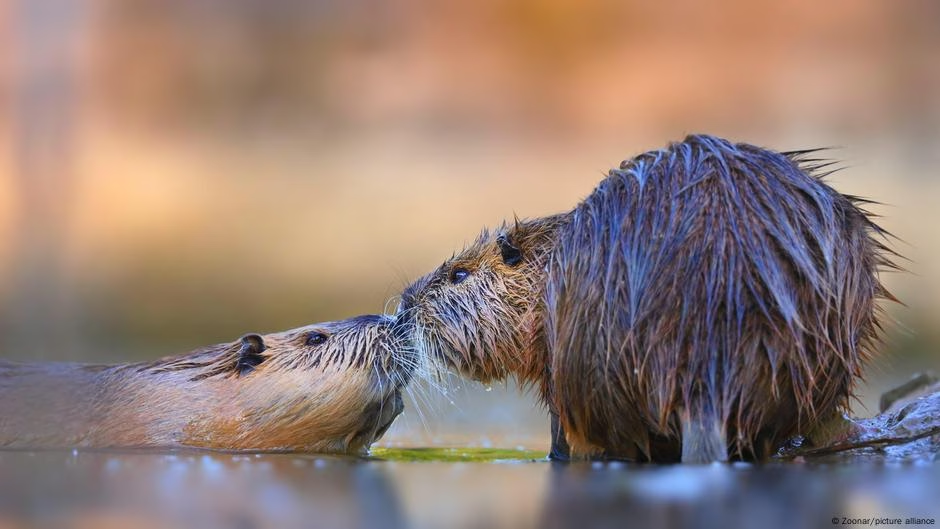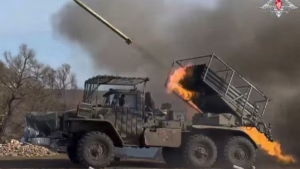The nutria, also known as a coypu or swamp beaver, originates from South America. This semi-aquatic mammal has spread far beyond its native wetlands, infiltrating swamps and riverbanks across North America, Asia, Africa, and Europe.
In the 19th century, nutria were introduced to Europe by entrepreneurs seeking to capitalize on the success of the fur farming industry in Argentina. Although the fur trade has waned since its heyday in the 20th century, nutria have thrived.
Local populations, descended from animals who escaped from farms or were allowed to run free, are now well-established across most of the European continent. They have even been spotted in Ireland and Scandinavia.
Nutria have coarse, dark brown fur, webbed rear feet, and large front teeth. They resemble beavers but are smaller with a rat-like tail. Their front teeth are orange due to the presence of oxidized iron, making them stronger.
Generally shy creatures, nutria are most active at night and can attack if humans or dogs get too close. They pose a greater danger to the natural environment and biodiversity. Nutria are agricultural pests that munch on nearby crops and can consume up to 25% of their body weight daily.
Nutria burrows can make dikes, quays, and levees vulnerable to collapse during floods. Their presence can disturb native ecosystems and endangered waterbird populations.
Unlike beavers, which are native to North America and Europe, nutria are not endemic and are considered a nuisance on those continents. The European Union added the nutria to its list of invasive alien species of concern in 2016, citing restrictions on keeping, importing, selling, breeding, growing, and releasing them into the environment.
Nutria live an average of six years in the wild and can breed throughout the year, with multiple litters resulting in an average of 15 young per year. European nutria populations have exploded in recent years, aided by warmer temperatures and milder winters due to climate change.
Nutria boom is helping control the burgeoning population of invasive muskrats, as the larger nutria usually wins out in competition for the same habitat.
Many countries in Europe have introduced monitoring and management programs to keep nutria populations in check. These involve traps and hunting, although the latter can be dangerous in natural parks and urban areas.
Some people have suggested putting nutria on the menu as a solution to the overpopulation problem. The Louisiana Department of Wildlife and Fisheries, for example, has published a list of suggested recipes from a 1963 cookbook, including nutria chili, stuffed nutria hindquarters, smoked nutria, and nutria sausage gumbo.
Source: https://www.dw.com/en/what-are-nutria-and-how-could-they-possibly-be-a-problem/a-71726564?maca=en-rss-en-all-1573-rdf








